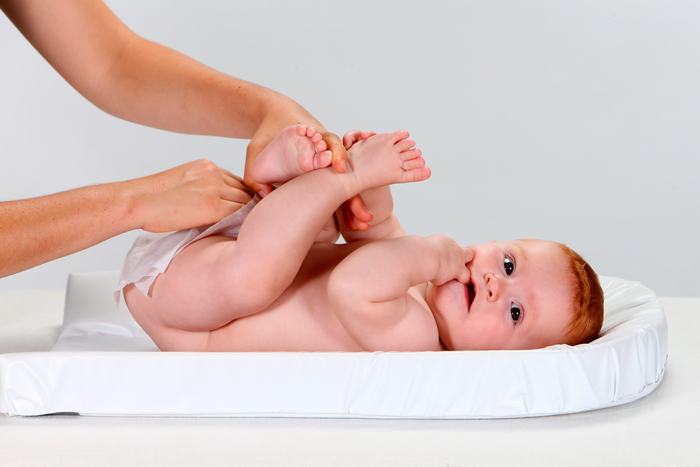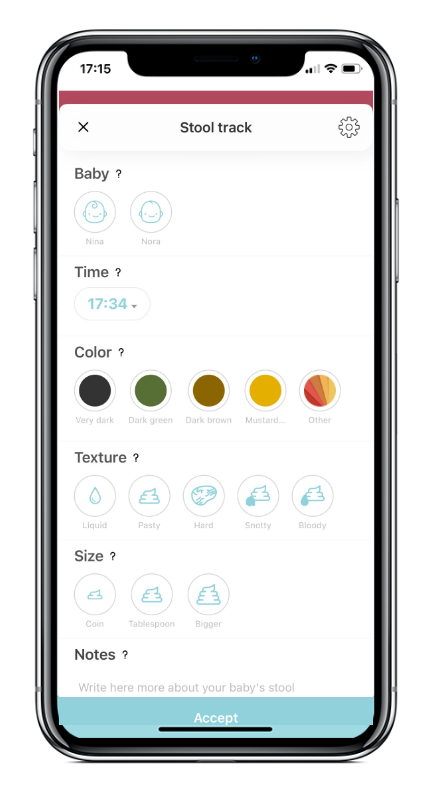
Breastfed babies’ bowel movements (stools)
Many parents are worried about the appearance, smell, texture, and quantity of their baby’s poop and pee. But babies’ bowel movements are also an excellent way to assess breastmilk intake in exclusively breastfed babies.
The first stools are called meconium, the remains of amniotic fluid that your baby has swallowed while in your womb. Meconium is black and gluey to sticky and is passed during your baby’s first three days. On the first day, it is usual to have two soiled diapers, two or three on the second day, and two or three more on the third day of life.
The more colostrum a baby drinks, the faster they eliminate all the meconium, which prevents babies from becoming jaundiced.
Once all the meconium has been eliminated, the next stool is called the “transitional” stool. This poop usually occurs between 4-5 days of life. It is a greenish-grayish poop with mustard-colored specks. These poops mean that your baby has already had some milk.
Sometimes during the baby’s 4th or 5th day of life, no diapers are soiled. This may be normal, but check that your baby is hydrated and continues to wet diapers with clear urine.
Finally, the typical breastfed baby stools appear after the transitional stools between the 5th and 6th day of life. They are a mustard-orange color, sometimes with white specks. The baby should have more than two a day, ideally one after every feed. This indicates that the baby is getting plenty of breastmilk and is therefore gaining weight appropriately.

But they are very runny. Does my baby have diarrhea?
The stools of an exclusively breastfed baby are very runny, but this texture does not mean they are diarrhea.
Diarrhea occurs when a baby or child suddenly increases the number of bowel movements per day.
My baby’s poop is green
One green-soiled diaper is not anything to worry about, as typically mustard-colored poop can oxidize after a while and turn greenish, which can create confusion.
Only when a baby has a lot of green stools and shows to be unwell might there be a possibility that they are ingesting too much lactose, which complicates their digestion.
My baby has had a bottle of formula milk
Supplementing even just one bottle of formula milk can change the baby’s bacterial flora and cause the texture, smell, color, and quantity of stools to change. In that case, stools are no longer a reliable indicator of whether the baby is breastfeeding effectively.
My baby no longer has a stool every day
From the first month of life, babies stop having several bowel movements every day and start to make them more irregular, sometimes taking many days to do so.
The fact that it takes them several days to have a bowel movement does not mean they suffer from constipation; when they do so, they will have liquid and abundant stools.
Whenever you have any questions about your baby’s health and bowel movements, talk to your pediatrician or healthcare professional.
Do you want to track what’s in your baby’s diaper?
If you want to keep track of your baby’s bowel movements in the first few days, remember that in LactApp, you can find a stool tracker function to record the amount, color, texture, and more. Get LactApp on your iPhone or Android; it’s free to download. You will also find a section for questions about breastfed baby’s stools under “My baby – Dirty diapers”.
